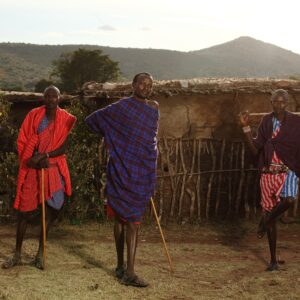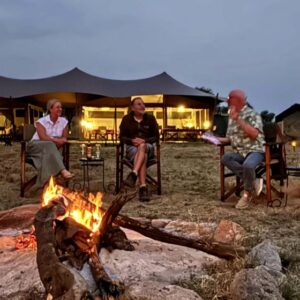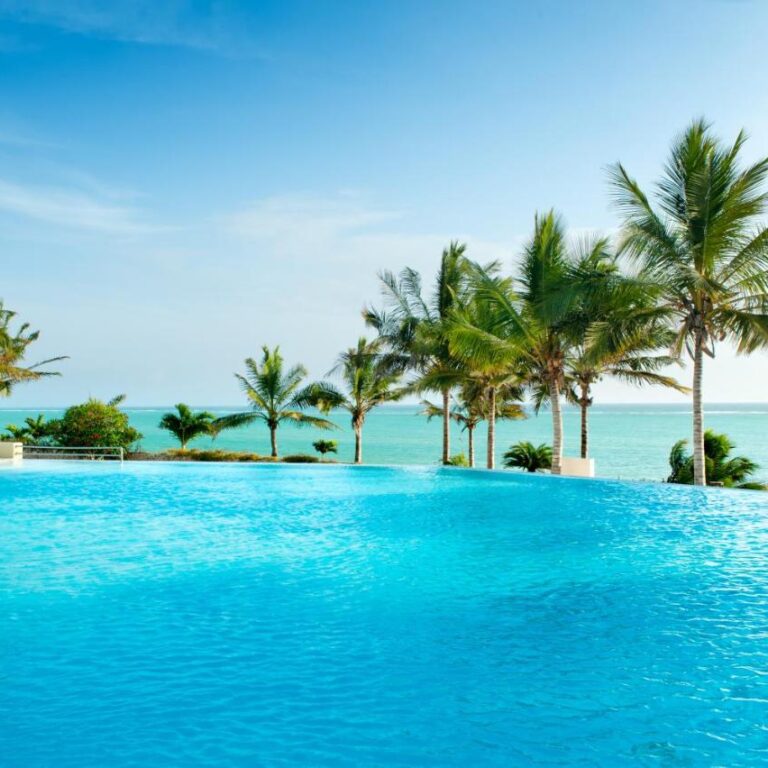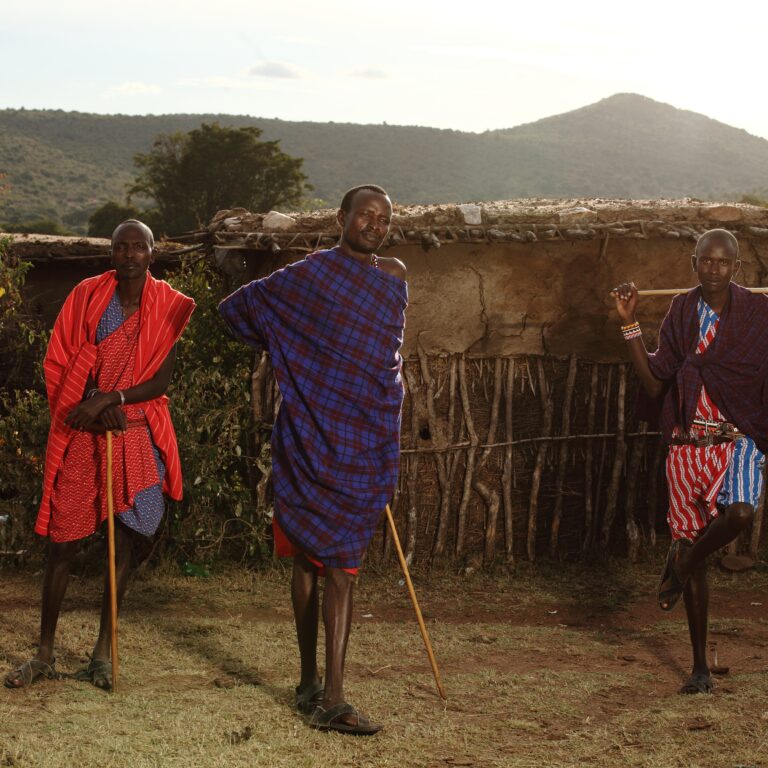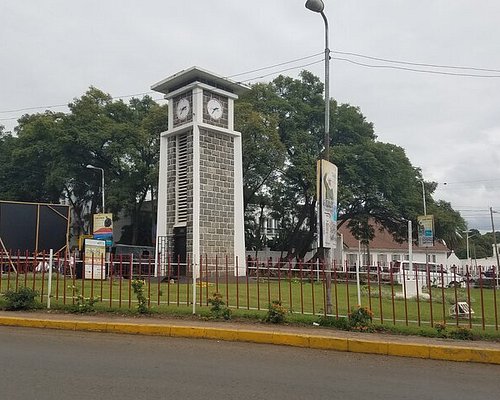How Many Tribes in Tanzania? Discover Tanzanias Tribal Heritage.
Tanzania is a land of vibrant cultures and traditions, home to over 120 ethnic groups that add to the rich tapestry of its national identity. Each tribe in Tanzania has its own unique history, language, and customs. In this article, we explore the top 15 ethnic tribes in Tanzania, delving into their fascinating cultural heritage and contributions to the country’s diverse society.
1. The Sukuma Tribe
As the largest ethnic group in Tanzania, the Sukuma tribe boasts a population of over 10 million people. Primarily residing in the northwestern regions near Lake Victoria, the Sukuma are known for their agricultural prowess, cultivating crops like cotton, maize, and rice. They are also famed for their traditional dances, particularly the Bugobogobo, a vibrant performance often held during celebrations and festivals.
2. The Chaga Tribe
The Chaga tribe inhabits the fertile slopes of Mount Kilimanjaro, where they have developed sophisticated irrigation systems to support their banana and coffee plantations. Renowned for their entrepreneurial spirit, the Chaga people have historically been among the wealthiest and most educated tribes in Tanzania. Their cultural practices, including elaborate wedding ceremonies and ancestral worship, highlight their deep connection to their heritage.
3. The Maasai Tribe
Perhaps the most internationally recognized tribe, the Maasai are pastoralists living in the northern regions of Tanzania and Kenya. Most Beautiful Tribes in Tanzania you must see known for their distinctive red shukas (cloth) and beadwork, the Maasai maintain a semi-nomadic lifestyle, herding cattle which are central to their economy and culture. Despite pressures of modernization, the Maasai have managed to preserve their traditional ways, making them a symbol of resilience and cultural pride.
4. The Hadzabe Tribe
The Hadzabe tribe, one of the last remaining hunter-gatherer groups in Africa, resides in the area around Lake Eyasi. With a population of only about 1,300, the Hadzabe live a lifestyle largely unchanged for thousands of years. Tanzania’s most fascinating tribes relying on hunting with bows and arrows and foraging for wild fruits and honey. Meeting the Local Tribes of Tanzania their language, characterized by clicking sounds, and their intimate knowledge of the natural environment underscore their unique Indigenous peoples in Tanzania cultural identity.
5. The Haya Tribe
The Haya tribe is found in the Kagera region, near the shores of Lake Victoria. Known for their intricate craftsmanship in pottery and iron smelting, the Haya have a rich history of trade and interaction with neighboring tribes. They are also noted for their traditional dances and music, often performed during significant cultural events such as the “Umuganuro” festival, which celebrates harvest and unity.
6. The Makonde Tribe
The Makonde tribe, primarily located in the southeastern part of Tanzania and northern Mozambique. Famous for their exceptional woodcarving skills especially their intricate masks and sculptures highly valued both locally and internationally. Matrilineal society inheritance and lineage traced through the mother, is a unique aspect of their social structure.
7. The Nyamwezi Tribe
The Nyamwezi tribe, second only to the Sukuma in population size, inhabit the west-central regions of Tanzania. Traditionally known as traders, the Nyamwezi played a crucial role in the 19th-century caravan trade routes primarily engaged in agriculture, growing crops such as tobacco, maize, and cassava. Their rich oral traditions and storytelling, often depicting historical and moral tales, are integral to their cultural heritage.
8. The Zaramo Tribe
The Zaramo tribe is predominantly found in the coastal areas around Dar es Salaam. Historically, the Zaramo were fishermen and farmers, but urbanization has seen many integrate into city life. Despite this, they maintain their cultural practices, including traditional dances like the “mdundiko,” performed during weddings and initiation ceremonies known for their elaborate body adornments, such as henna tattoos and beaded jewelry.
9. The Hehe Tribe
Residing in the southern highlands, the Hehe tribe is celebrated for their fierce resistance against German colonial forces in the late 19th century. Today, the Hehe are mainly agriculturalists, cultivating crops like maize, beans, and sunflowers. Their social organization is clan-based, and they are known for their traditional dance called “mganda,” which is performed during social gatherings and rituals.
10. The Ngoni Tribe
The Ngoni tribe, originally from South Africa, migrated to Tanzania in the 19th century renowned for their warrior heritage and strategic military prowess. Their traditional dance, the “ngoma,” is a spirited performance symbolizing their historical battles and victories. The Ngoni also practice cattle herding and agriculture, contributing to their community’s sustenance.
11. The Meru Tribe
The Meru tribe resides on the slopes of Mount Meru, near Arusha. Known for their terraced farming techniques, the Meru cultivate coffee, bananas, and maize. Their social structure is patriarchal, with elders playing a significant role in decision-making processes recognized for their vibrant cultural festivals, such as the “Ngasi” festival. Which celebrates the harvest season and promotes community unity.
12. The Pare Tribe
The Pare tribe, also known as the Chasu, live in the northeastern highlands skilled farmers, growing crops like millet, yams, and bananas. Known for their ironworking skills. Historically producing tools and weapons marked by communal activities and festivals, traditional music dance. Play central role in fostering social bonds and cultural continuity.
13. The Rangi Tribe
The Rangi tribe is primarily found in the Dodoma region. Known for their agricultural expertise, the Rangi grow a variety of crops, including maize, sorghum, and millet. Their culture is rich in oral literature, with proverbs, folktales, and songs reflecting their values and way of life. Also noted for their traditional healing practices. Utilizing herbs and spiritual rituals to treat ailments.
14. The Gogo Tribe
The Gogo tribe inhabits the central regions of Tanzania, particularly around Dodoma. Primarily pastoralists engaged in farming. Growing crops such as maize and sorghum. Traditional dances, like the “gogo,” performed during social and religious events. Showcasing their vibrant cultural heritage. The Gogo also have a rich tradition of oral poetry and storytelling, passed down through generations.
15. The Sandawe Tribe
The Sandawe tribe, one of the few remaining hunter-gatherer groups in Tanzania, live in the central regions near Dodoma. Their language, characterized by click sounds, links them to the Khoisan-speaking peoples of southern Africa. The Sandawe practice a semi-nomadic lifestyle, hunting game and gathering wild fruits and honey. Spiritual beliefs deeply connected to nature. Rituals and ceremonies centered around their interaction with the environment.
Each of these ethnic tribes contributes to the rich cultural mosaic of Tanzania. Offering a glimpse into the diverse and vibrant traditions that define this East African nation. By exploring their unique customs, histories, and lifestyles. We gain a deeper appreciation for the cultural wealth that Tanzania has to offer.
Tanzania’s ethnic diversity is a testament to its rich cultural heritage. Each of these tribes contributes to the country’s identity, offering unique customs. Languages, and traditions that enrich the nation’s social fabric. Understanding and appreciating these diverse cultures is essential in celebrating the true spirit of Tanzania.


